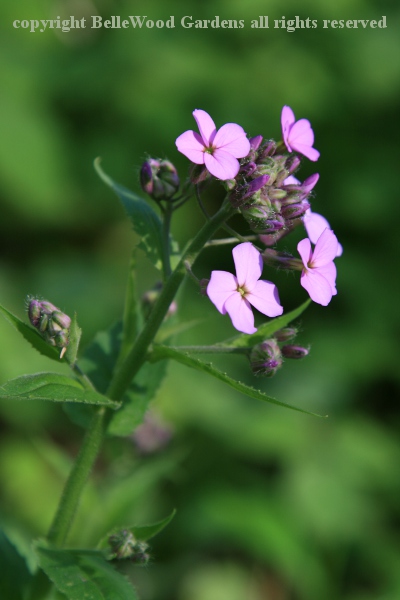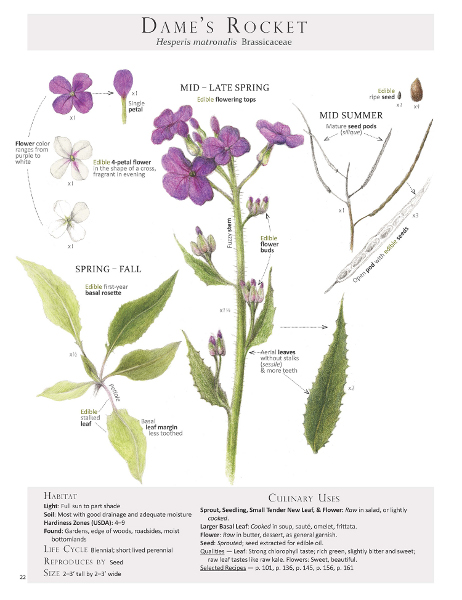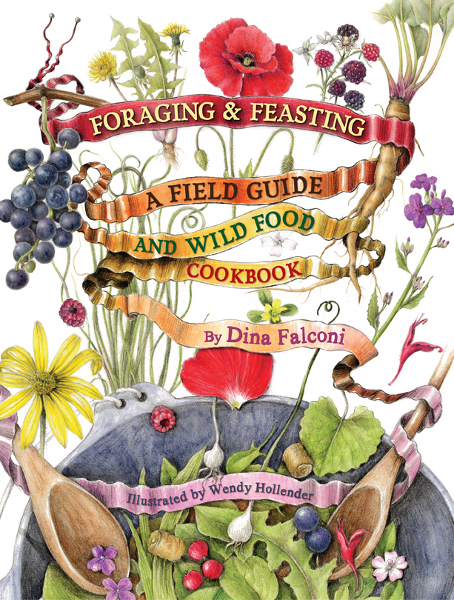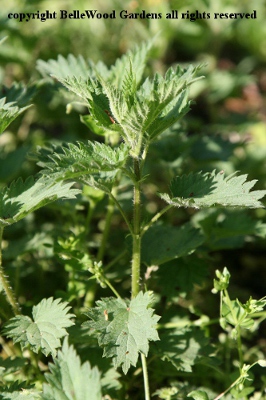
.
If you have any comments, observations, or questions about what you read here, remember you can always Contact Me
All content included on this site such as text, graphics and images is protected by U.S and international copyright law.
The compilation of all content on this site is the exclusive property of the site copyright holder.
Saturday, 18 November 2017
When I was a child we'd spend our summers at my aunt's bungalow in Brookfield, Connecticut. This was quite a change from our home in Chicago, or my aunt and grandmother's apartment in Brooklyn, New York. The bungalow had an ice box, and the ice man came a few times a week, delivering a huge cake of ice to chill the milk, sour cream, cottage cheese, butter that the milk man delivered. We only went to the grocery store once every other week. More often than that, though, we went foraging for wild fruit - high bush blueberries, huckleberries, blackberries, dewberries, black cap raspberries, wild grapes. It was a treasure hunt of sorts. I'm sure there were other wild edibles that we "city folk" were simply unaware of. After all, a blackberry looks like a blackberry, whether you find it in a wild berry patch or buy it at the store. But other wild foods . . . unfamiliar "weeds." A guide is needed.

There are people who teach classes, lead walks, share their knowledge.

And there are guide books, with photographs illustrating the plants.
Photographs, however, have limits. Don't misunderstand me. They're accurate. But they capture only a moment in time, only a portion of the plant. Compare -

A photograph of dame's rocket, Hesperis matronalis,
a familiar, non-native roadside plant here in New Jersey.
Botanical art, on the other hand, can offer images of the plant in different stages of growth, enlarge details, show underground portions.

image from Foraging & Feasting: A Field Guide and Wild Food Cookbook by Dina Falconi
illustrated by Wendy Hollender. Botanical Arts Press
For example, here is an illustration of dame's rocket, Hesperis matronalis,
from Foraging and Feasting: A Field Guide and Wild Food Cookbook. It also
provides some descriptive information and suggests several culinary uses.

image from Foraging & Feasting: A Field Guide and Wild Food Cookbook by Dina Falconi
illustrated by Wendy Hollender. Botanical Arts Press
"Foraging and Feasting" begins with a few pages of discussion on the whys and wherefores of foraging and feasting. The next section has beautiful full page, a few double page, botanical illustrations of 50 plants - some wild and a few perhaps considered weeds, others familiar garden occupants. Most are herbaceous, some are shrubs. Plants are arranged alphabetically by common name, which means that there are a few instances where related plants are widely separated - for example Bee Balm, Monarda didyma, makes an appearance well before Wild Bergamot, Monarda fistulosa.
A benday section below the images offers information on the plant's habitat on the left, and its culinary uses on the right. Selected recipes are not named but page references are helpfully provided.
An interlude of useful information follows the illustrated section and preceding the recipe portion of the book, with a two page spread of plant habitats and growing conditions, a three page chart of when to harvest what portion of the different plants, and another three page chart of what recipes which different portion of the various plants might be used for.
Now comes an extensive section for the Kitchen Arts. There are master recipes that have the basic information, with variations following on. For example, a recipe for wild herbal condiment has two optional variations - one with wild aromatic herbal choices and the other for cultivated aromatic herbal choices. And what a diversity of recipes - from beverages to relishes, spreads, and condiments. Wild salads and things to do with grape leaves. Soups and sandwiches and wild eggery - omelet, frittata, and gratin. Potherbs (that's cooked wild vegetables - sautéed or creamed.) Not a vegetarian cookbook, there is a brief section for animal kingdom entrees: fish, burger, cottage pie, meatloaf, and braised meat. No meal is complete without dessert so there are some delicious sounding berry recipes.
Familiar plants you might not have considered adding to your culinary repertoire range from garden inhabitants like bee balm, wild bergamot, bread poppy, Shirley poppy, and day lily. Plants you might know and loathe as weeds might change your perception when you sample burdock, chickweed and starry chickweed, garlic mustard, purslane and nettles.

For example, the master recipe for creamed wild greens on page 163 suggests using some field garlic, Allium vineale, and a mix of nettles, amaranth, and lamb's quarters. Two variations at the bottom of the page offer creamed wild nettles in May for a blood-building, spring tonic type of option, and there's a second, dairy- and gluten-free, version too.
Or, now that it is autumn and the weather can be chilly and wet, how about a wild autumn casserole variation of the master recipe on page 160. It's a nourishing combination of rice or millet with field garlic greens (but you could substitute scallions), coarsely chopped garlic mustard leaves and tender stems, Pecorino Romano cheese, eggs, and cream.
We've come to expect strawberries in January, asparagus in August. Perhaps there's a home vegetable garden that supplies ripe off the vine tomatoes. "Foraging and Feasting" takes the viewpoint that not only should food be seasonal, we should go out and find it ourselves. How satisfying to enjoy the most locavore of foods by foraging in our home gardens and field. Knowing what to pick, when to pick, and how to cook is the focus of "Foraging and Feasting".
Published by Botanical Arts Press, LLC. Accord, NY 121404.
ISBN 978-0-9893433-0-5. Hardcover, $40
Copies may be ordered from www.BotanicalArtsPress.com
A review copy of this book was provided by the publisher
Back to Top
Back to November 2017
Back to the main Diary Page